Research that bites
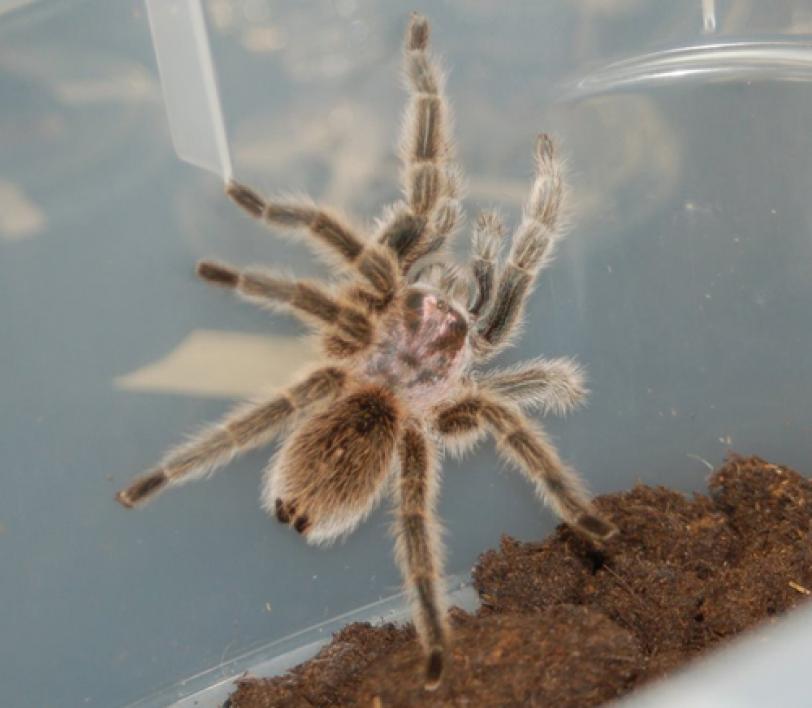
Research is a serious matter at ASU, ranging from probing the properties that give spider silk its strength to the properties of the vampire character in English literature. Here are examples of some of the work being done by ASU students and scientists that we’ve assembled under the heading “research that bites.”.
Spiders
This is an image of a Chilean rose tarantula (Grammostola rosea). Silks produced by this spider and others are some of the toughest materials known.
ASU chemists Jeff Yarger and Greg Holland are studying the molecular structure of the proteins that make up spider silk with Nuclear Magnetic Resonance (NMR) spectroscopy to decipher the origin of the silk's impressive mechanical properties.
Additionally, this tarantula produces some interesting small molecules and peptides in its venom that are potential therapeutics for a number of medical diseases and disorders. The researchers have started investigating the venom and have been working to solve the molecular structure of the biomolecules that comprise tarantula venom.
Learn more...
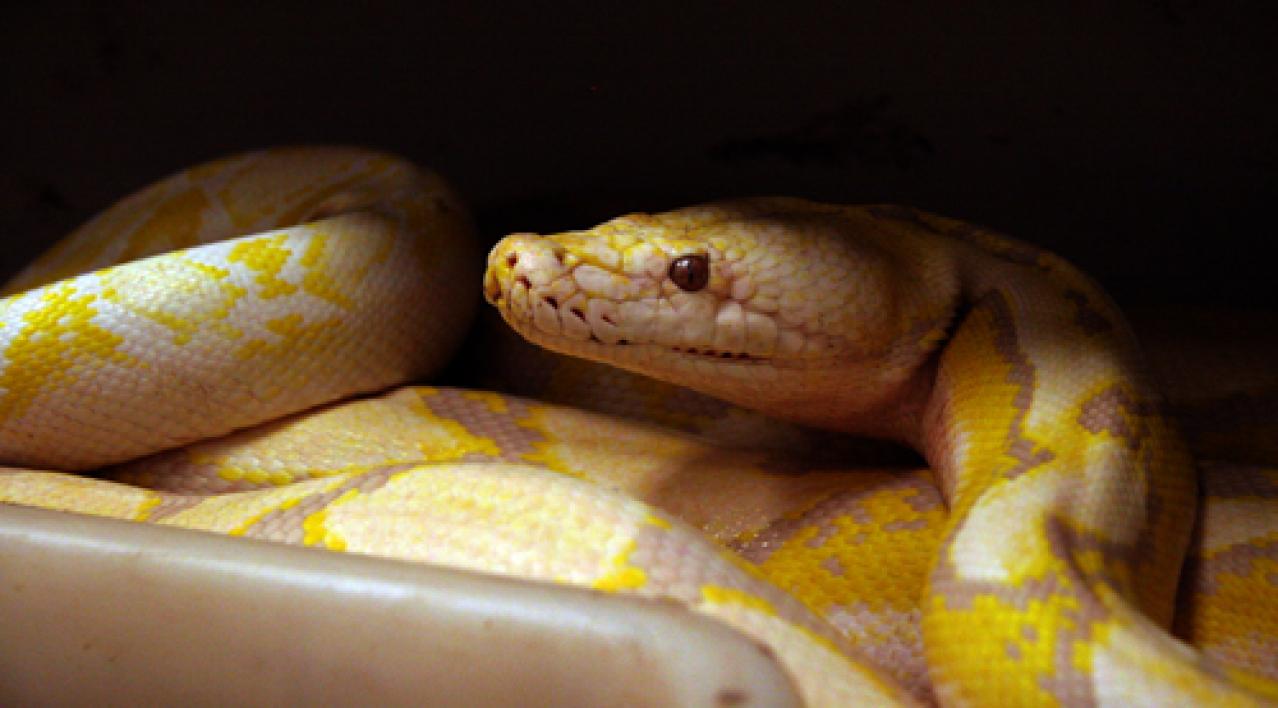
Reticulated Pythons
A reticulated python sits coiled in the Dale DeNardo Lab in ASU’s School of Life Sciences. Researchers at the DeNardo Lab are studying the effects of heat and humidity on how a python mother monitors her nest.
Learn more...
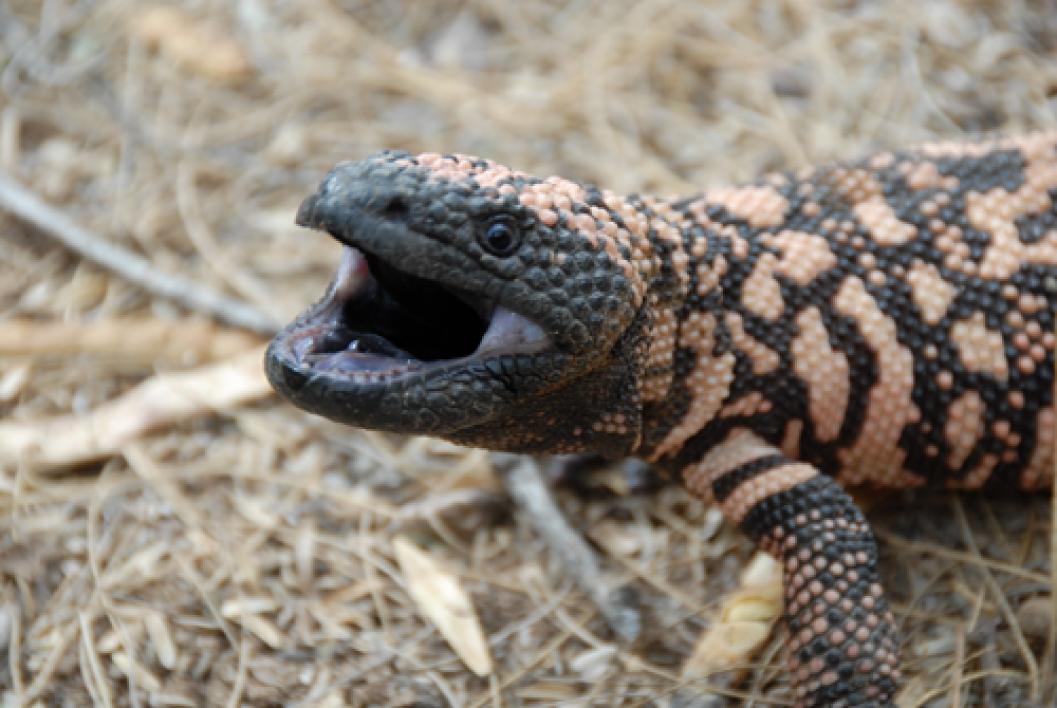
Gila Monsters
A Gila monster hangs out in the Dale DeNardo Lab in ASU’s School of Life Sciences. One of only two venomous lizards native to North America, the Gila monster has a lower jaw lined with venom glands.
Gila monsters are known to inflict painful bites – but usually not fatal – by chewing on their victims, driving venom deeper into a wound, aided by grooved teeth.
These shy, endangered monsters have more to fear from us than we do from them. ASU researchers are trying to understand how the huge lizards cope with climate change in the austere Sonoran desert.
Learn more...
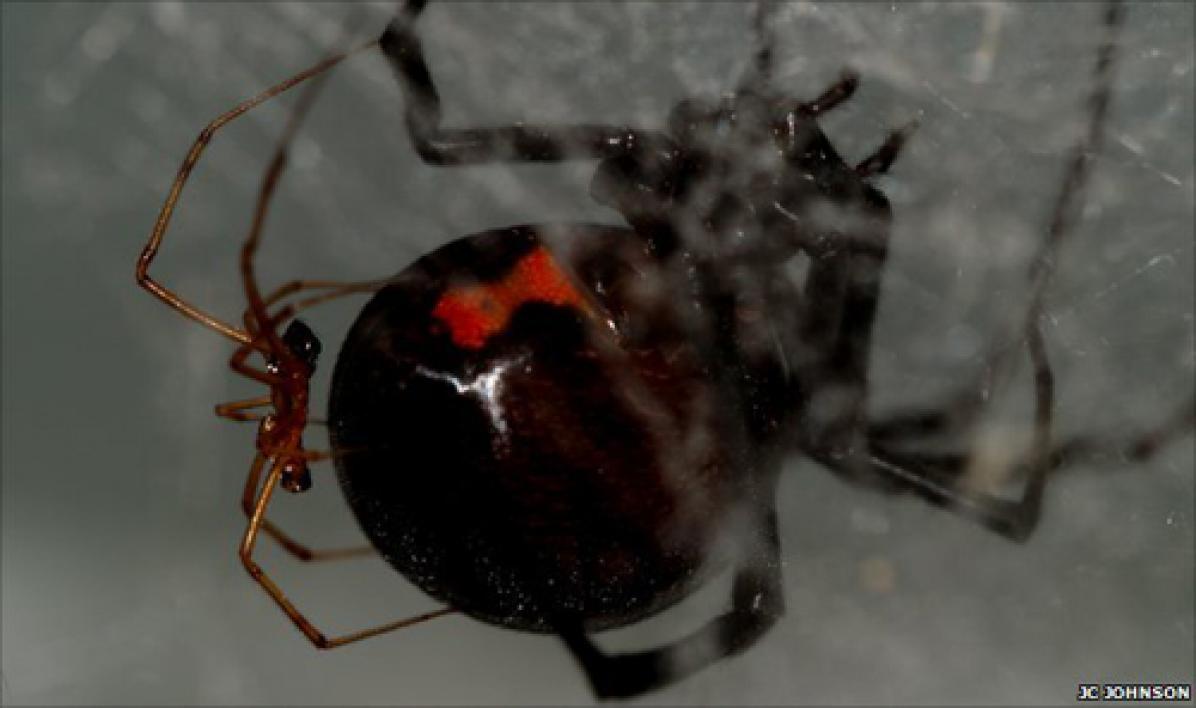
More Spiders
We’ve heard about the male black widow spider’s unpleasant fate of ending up as his mate’s post-mating supper. (As the photo shows, the female is much larger.)
But ASU researcher Chad Johnson has found evidence that males actually do their best to avoid being eaten. They do so by trying to choose mates who have recently fed.
Research by Johnson and colleagues has revealed that male North American black widows can detect telltale chemical signals on the webs of females indicating which are hungry, and more likely to eat their mates, and which are well-fed. These findings also point out a rare phenomenon in the animal kingdom – a situation in which the male, not the female, takes the lead in selecting a mate.
The study recently was published in the journal Animal Behavior. Johnson’s “spider lab” on the West campus provides research opportunities for students in ASU’s New College of Interdisciplinary Arts and Sciences.
Learn more...
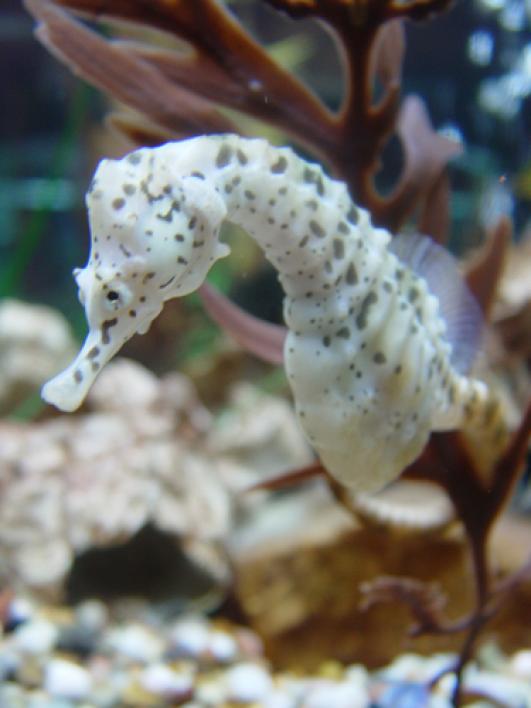
Seahorses
People are naturally fascinated by the shape of seahorses. Little did we know that their unique shape may have evolved because seahorses share a common characteristic with humans – they like to eat.
ASU’s Lara Ferry and colleagues have made the first-ever proposal of a functional explanation for just why seahorses have the shape they do. It may be a result of evolutionary adaptations enabling them to improve their feeding efficiency.
Seahorses share a common ancestor with the pipefish, which is aptly named because of its long, thin shape. Today’s pipefish eats tiny shrimp by swimming slowly forward to nab its prey. The seahorse also dines on small shrimp, but it employs a sit-and-wait approach.
Ferry and her colleagues used experimental mathematical modeling to show that the seahorse’s peculiar head, neck and trunk posture allows for the capture of prey from a greater distance from the eyes than the pipefish is capable of. The results were published in the journal Nature Communications.
Ferry is a faculty member in ASU’s New College of Interdisciplinary Arts and Sciences; she and her students conduct research on desert fishes and other aquatic wildlife in her lab on the West campus.
Learn more...
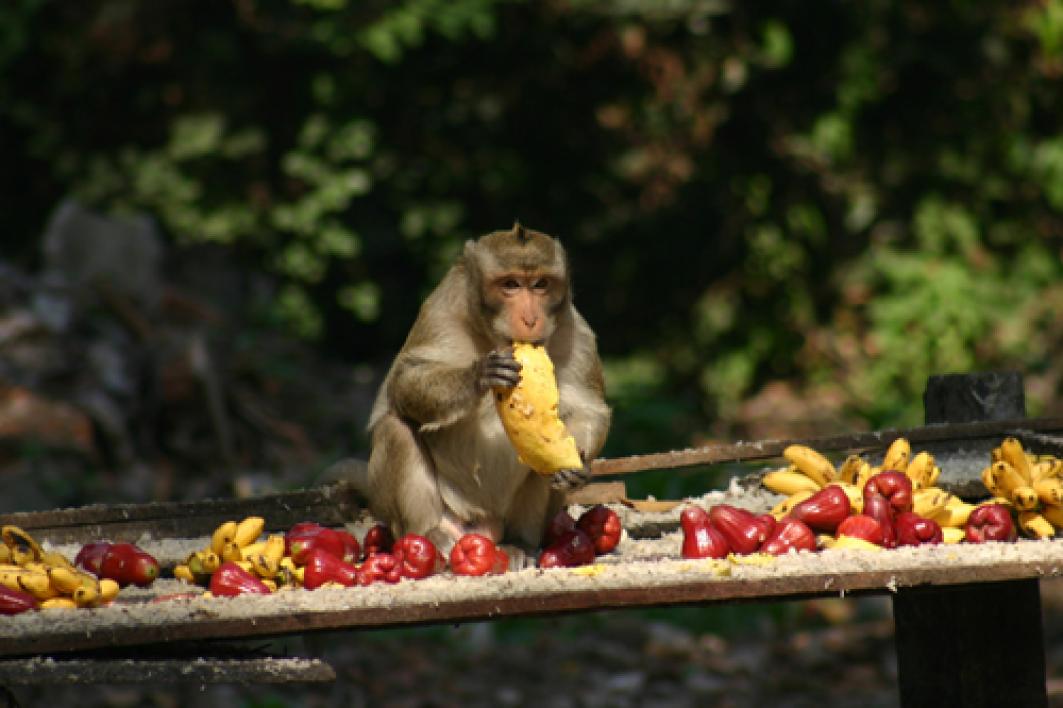
Monkeys
Collaborative research by ASU’s Ananias Escalante examines the evolution, recombination, emergence and exchange of simian retroviruses between human and nonhuman primates, like Macaca fascicularis.
He is also part of a global comparative study of the evolution of malarial drug resistance in the human parasite Plasmodium falciparum. Escalante is a professor in the School of Life Sciences in ASU’s College of Liberal Arts and Sciences, and a researcher with the Center for Evolutionary Medicine and Informatics in the Biodesign Institute.
Learn more...
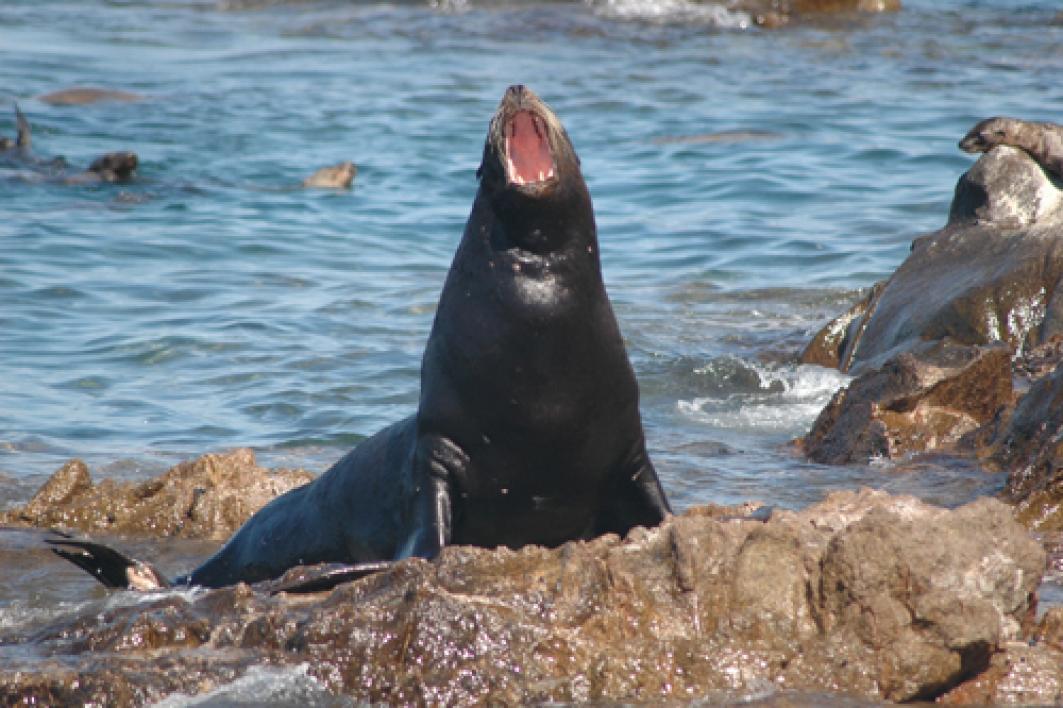
Sea Lions
Taking a bite out of understanding about extinction risk, ASU professor Leah Gerber and her research group focus their work on population biology, vertebrate behavior in sea lions, and marine conservation biology.
Her work impacts and informs ecotourism, marine reserve management, whaling policy and community-based conservation efforts in the U.S., Mexico and worldwide.
Learn more...
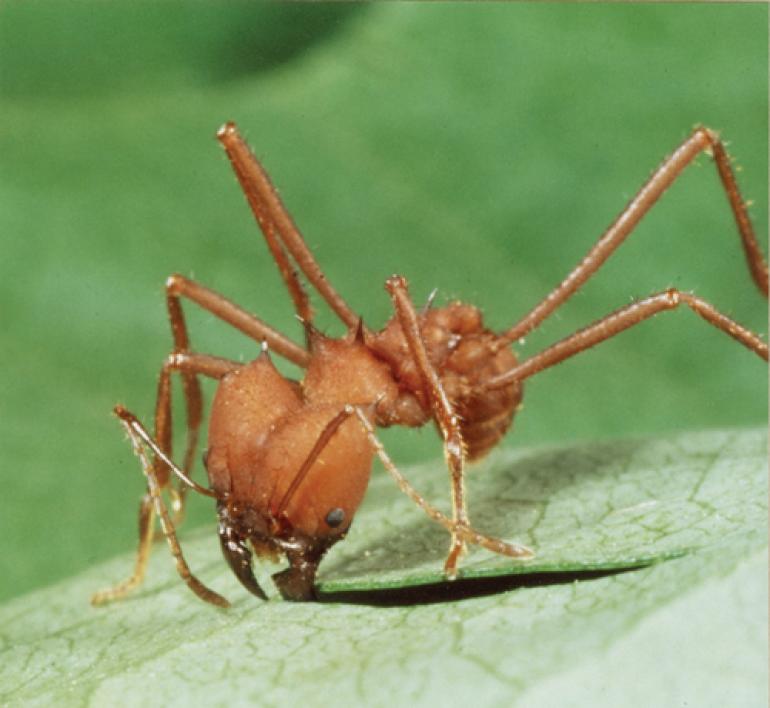
Ants
Leaf-cutter ants that chew up leaves to feed their fungal gardens are just one of the many species of social insects studied by members of the Social Insect Research Group in the School of Life Sciences in ASU’s College of Liberal Arts and Sciences.
Pulitzer Prize winner Bert Hoelldobler, co-author of “The Ants,” and professors Juergen Liebig, Stephen Pratt, Jennifer Fewell and Juergen Gadau, spearhead ant-based research in robotics, genetics, biomedicine, communication, evolution, biodiversity and sociobiology.
Learn more...
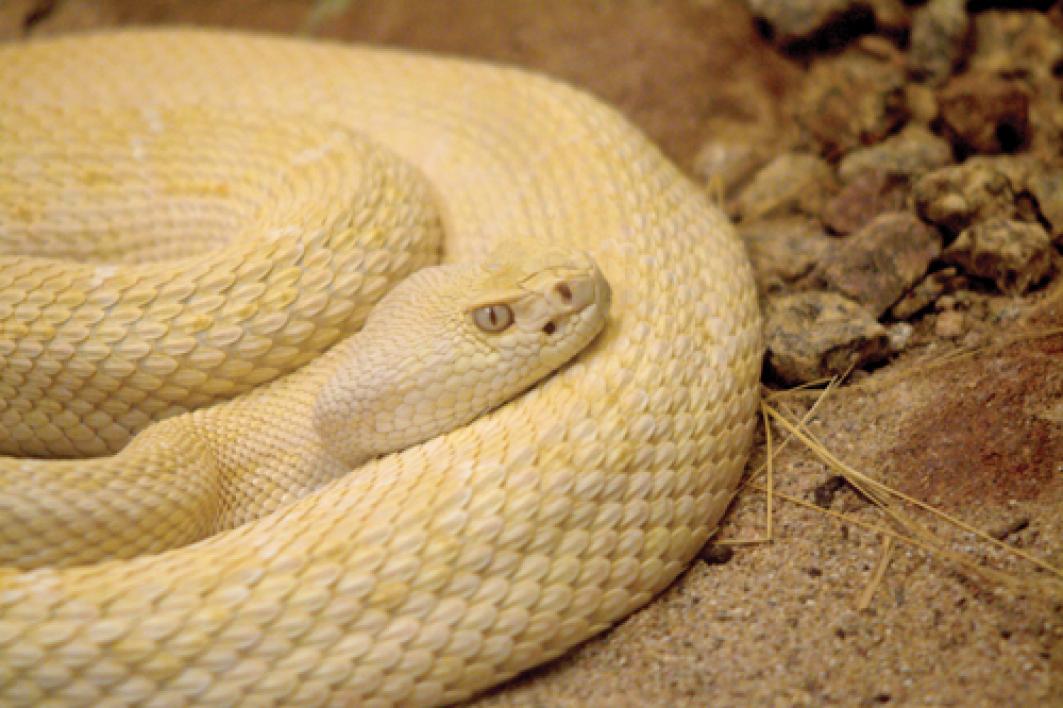
Rattlesnakes
“Fang” shui can be found in the School of Life Sciences A-wing, home to the “Living Collection.” More than 18 subspecies of rattlesnakes, including this Western albino diamondback, found in Arizona are featured, along with Gila monsters and other reptiles found in the Southwest.
Learn more...
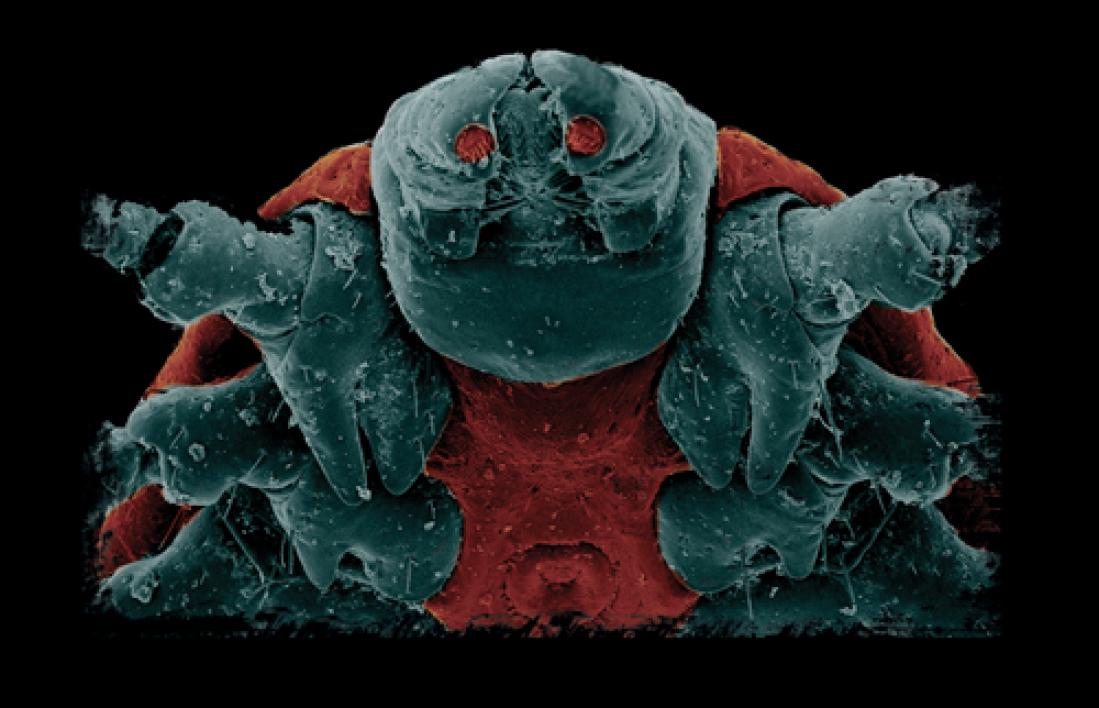
Ticks and other ‘Ugly Bugs’
Blood-sucking ticks have found top billing as part of the annual Ugly Bug Contest, co-sponsored by ASU’s School of Life Sciences and International Institute for Species Exploration.
Featured on the children’s award-winning website “Ask A Biologist” the contest hosts electron microscopic images and true tales of some of the ugliest bugs in the West. Voting continues through Dec. 15 for your favorite.
Learn more...
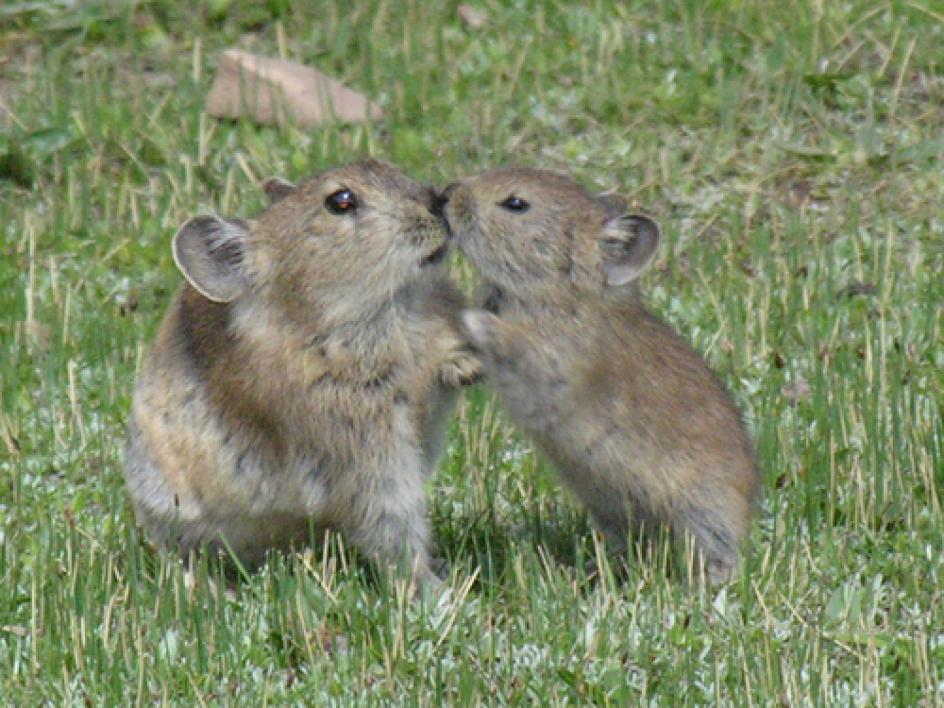
Pikas
ASU President’s Professor Andrew Smith studies the pika, a keystone species in China and the United States. This species is pivotal to the healthy function of ecosystems that support an array of organisms, from carnivores to birds and domestic grazers, impacting the livelihood of pastoral communities and environmental policy in China.
Smith's life sciences students in ASU’s College of Liberal Arts and Sciences actively support community-based conservation and science education in rural Mongolia.
Learn more...
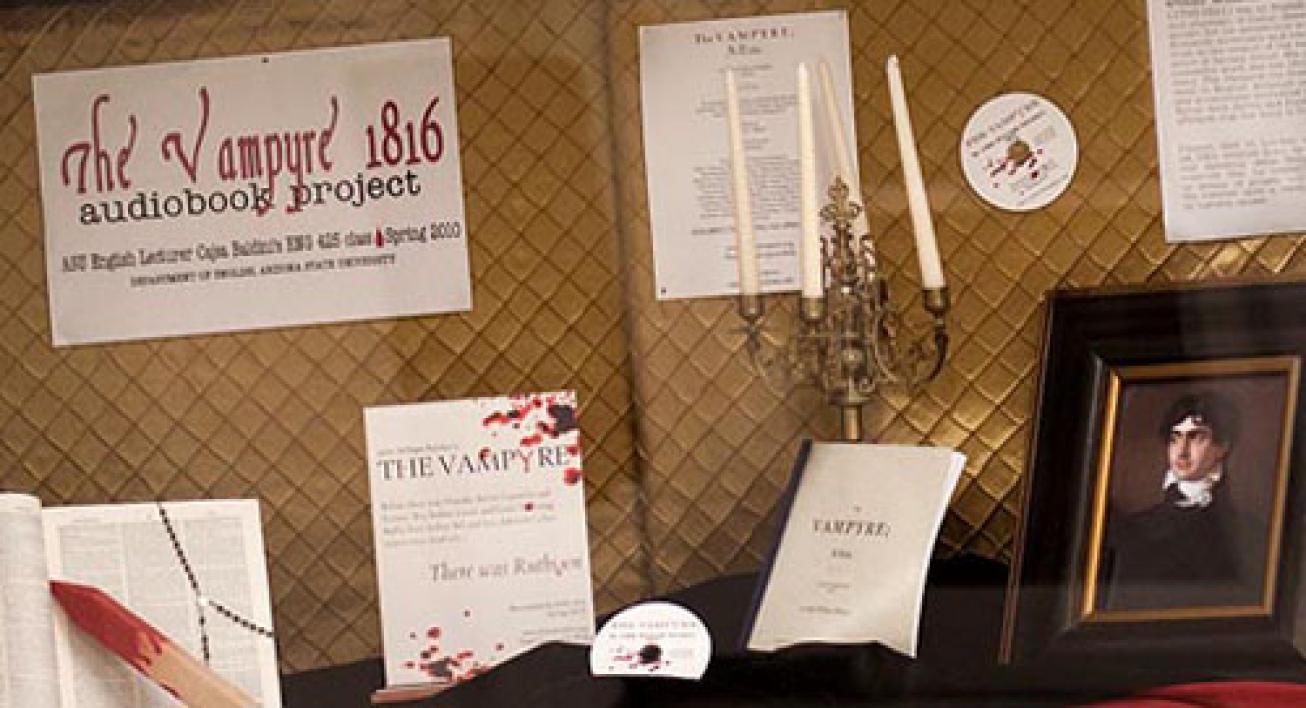
Vampires
Students in Cajsa Baldini’s English 425 class – Studies in Romanticism – produced an annotated audio book that “resurrected” Lord Ruthven from the “The Vampyre: A Tale” (1816) by John William Polidori, the first vampire story in English fiction.
As advertised in the students’ cover art: "Before there was Dracula. Before Carmilla and Varney. Way before Lestat and Louis. Predating Buffy. Even before Bill and Eric. Edward Cullen wasn’t even dead yet…There was Ruthven." In addition to the audio book, one of the students composed theme music for the project.
Baldini is a lecturer in the English Department in ASU’s College of Liberal Arts and Sciences. Her research interests are concentrated on British and European 19th century literature and culture.
Learn more...

